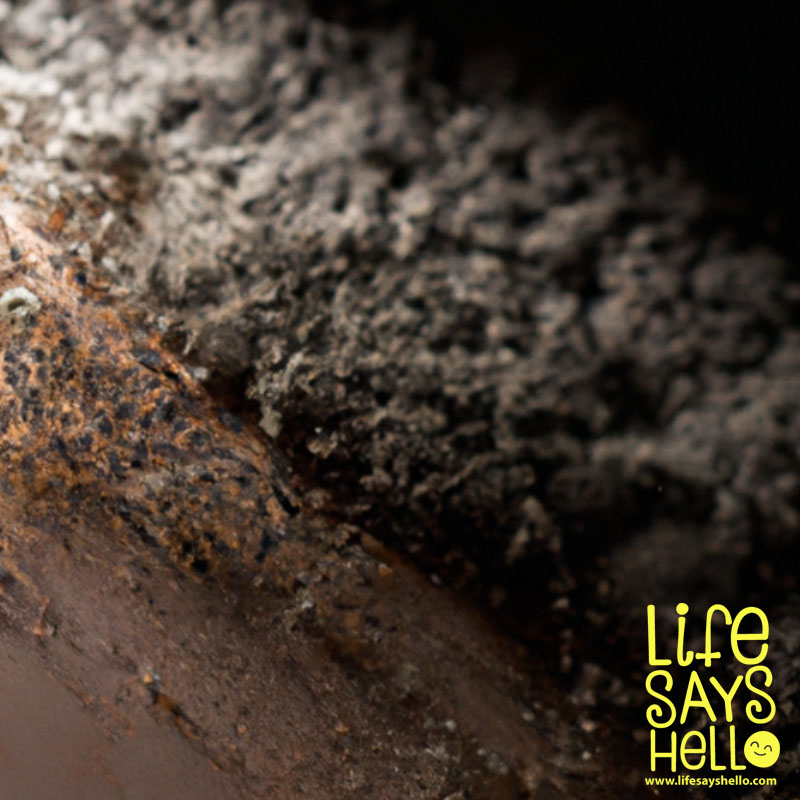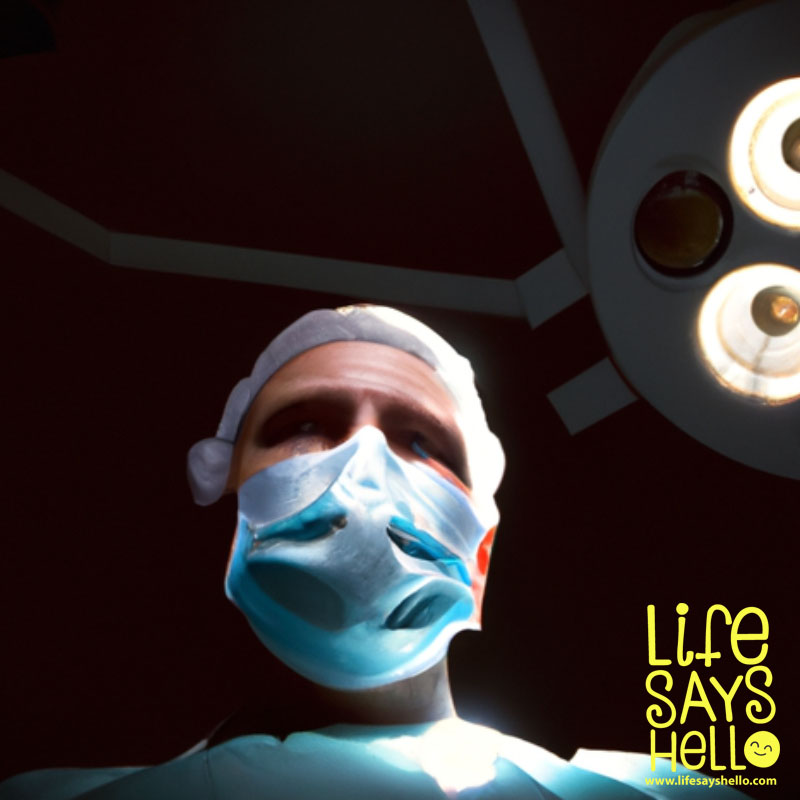Are X-Rays Safe? Demystifying the Facts and Myths About X-Ray Safety and Radiation Exposure

Have you ever found yourself wondering if X-rays are safe? You're not alone. With their widespread use in medical diagnostics and other fields, it's essential to understand the facts and debunk the myths surrounding X-ray safety and radiation exposure. In this comprehensive guide, we'll dive deep into the world of X-rays, exploring their history, how they work, and most importantly, whether or not they're safe for you.
Introduction
X-rays have been around for over a century, providing valuable insight into the inner workings of our bodies and playing a crucial role in medical diagnostics. However, with the increasing awareness of the potential risks associated with radiation exposure, many people are left questioning the safety of X-rays. In this article, we'll examine the truth behind X-ray safety, the factors that affect it, and how you can minimize the risks associated with radiation exposure.
What are X-Rays?
Definition and History of X-Rays
X-rays were discovered by German physicist Wilhelm Conrad Röntgen in 1895, who observed that a certain type of electromagnetic radiation could penetrate various materials, including human tissue. These rays were named "X" to signify their unknown nature at the time. Since then, X-rays have become an indispensable tool in medical diagnostics, security screening, and even art analysis.
How X-Rays Work
X-rays are a form of ionizing radiation, which means they have enough energy to remove tightly bound electrons from atoms, creating ions. In medical imaging, X-ray machines produce a controlled beam of X-rays that passes through the body. Denser structures, like bones, absorb more X-rays and appear white on the resulting image, while less dense tissues allow more X-rays to pass through, appearing darker.
Common Uses of X-Rays
X-rays play a vital role in various fields, including:
- Medical diagnostics: detecting fractures, infections, tumors, and other abnormalities.
- Dental examinations: identifying tooth decay, gum disease, and other oral health issues.
- Security screening: examining luggage and cargo for prohibited items.
- Industrial inspection: assessing the integrity of materials, welds, and structures.
- Art analysis: revealing hidden layers, pigments, and techniques used by artists.
The Safety of X-Rays
Ionizing Radiation and Its Potential Risks
Ionizing radiation, like X-rays, can potentially cause damage to living tissue, particularly at high doses or with prolonged exposure. This damage can lead to an increased risk of cancer, particularly in rapidly dividing cells. However, it's essential to understand that the risk associated with X-ray exposure is generally low, especially when compared to the natural background radiation we're exposed to daily.
Comparing X-Ray Radiation Levels to Natural Background Radiation
Natural background radiation comes from various sources, including cosmic rays, radon gas, and even the food we eat. On average, a person receives about 3 millisieverts (mSv) of background radiation per year. To put this in perspective, a single chest X-ray exposes a patient to approximately 0.1 mSv of radiation, which is equivalent to the natural background radiation exposure over ten days. This comparison highlights the relative safety of X-rays when used appropriately.
Understanding the ALARA Principle (As Low As Reasonably Achievable)
The ALARA principle is a guiding philosophy in radiology that emphasizes minimizing radiation exposure while still obtaining the necessary diagnostic information. This principle ensures that healthcare providers take appropriate measures to reduce radiation doses, such as using the lowest possible X-ray settings, shielding sensitive areas, and only performing X-ray examinations when medically necessary.
Factors Affecting X-Ray Safety
Dosage and Duration of Exposure
The risk associated with X-ray radiation exposure is directly related to the dosage and duration of exposure. Higher doses and longer exposure times increase the potential for damage to living tissue. However, modern X-ray equipment and techniques have significantly reduced the radiation doses required for most examinations.
Age and Susceptibility to Radiation Effects
Children and developing fetuses are more sensitive to the effects of ionizing radiation due to their rapidly dividing cells. As a result, healthcare providers take extra precautions when performing X-ray examinations on pregnant women and young children, and alternative imaging methods may be considered when appropriate.
Frequency of X-Ray Examinations
The cumulative effect of multiple X-ray examinations can increase the risk of radiation-related health issues. However, it's important to remember that the benefits of accurate diagnosis and treatment often outweigh the potential risks associated with radiation exposure.
The Role of Radiologic Technologists and Proper Equipment Maintenance
Radiologic technologists, also known as radiographers, play a crucial role in ensuring the safety of X-ray procedures. They are trained to follow the ALARA principle, position patients correctly, and use appropriate shielding to minimize radiation exposure. Additionally, regular equipment maintenance and quality assurance checks help ensure that X-ray machines are functioning safely and efficiently.
Minimizing the Risks
Tips for Patients to Reduce Radiation Exposure
As a patient, you can take several steps to minimize your radiation exposure during X-ray examinations:
- Communicate openly with your healthcare provider about your concerns and any previous X-ray examinations.
- Ask if alternative imaging methods, such as MRI or ultrasound, could be suitable for your situation.
- Ensure that any shielding, such as lead aprons, is used when appropriate.
- Follow the instructions of the radiologic technologist to ensure proper positioning and minimize the need for repeat examinations.
The Importance of Informed Decision-Making Between Patients and Healthcare Providers
Open communication between patients and healthcare providers is essential when discussing the potential risks and benefits of X-ray examinations. By understanding the medical necessity of the procedure and the steps taken to minimize radiation exposure, patients can make informed decisions about their healthcare.
Alternative Imaging Techniques (MRI, Ultrasound, etc.)
In some cases, alternative imaging methods may be more suitable for a patient's needs. Magnetic Resonance Imaging (MRI) and ultrasound are two examples of non-ionizing imaging techniques that do not expose patients to ionizing radiation. However, each imaging modality has its strengths and limitations, and the choice of technique ultimately depends on the specific clinical situation.
Conclusion
While X-rays do involve some level of radiation exposure, it's essential to understand that they are generally safe when used appropriately. By adhering to the ALARA principle, employing skilled radiologic technologists, and maintaining open communication between patients and healthcare providers, the risks associated with X-ray radiation can be minimized. As technology continues to advance, we can expect even safer and more efficient X-ray procedures in the future.




Comments